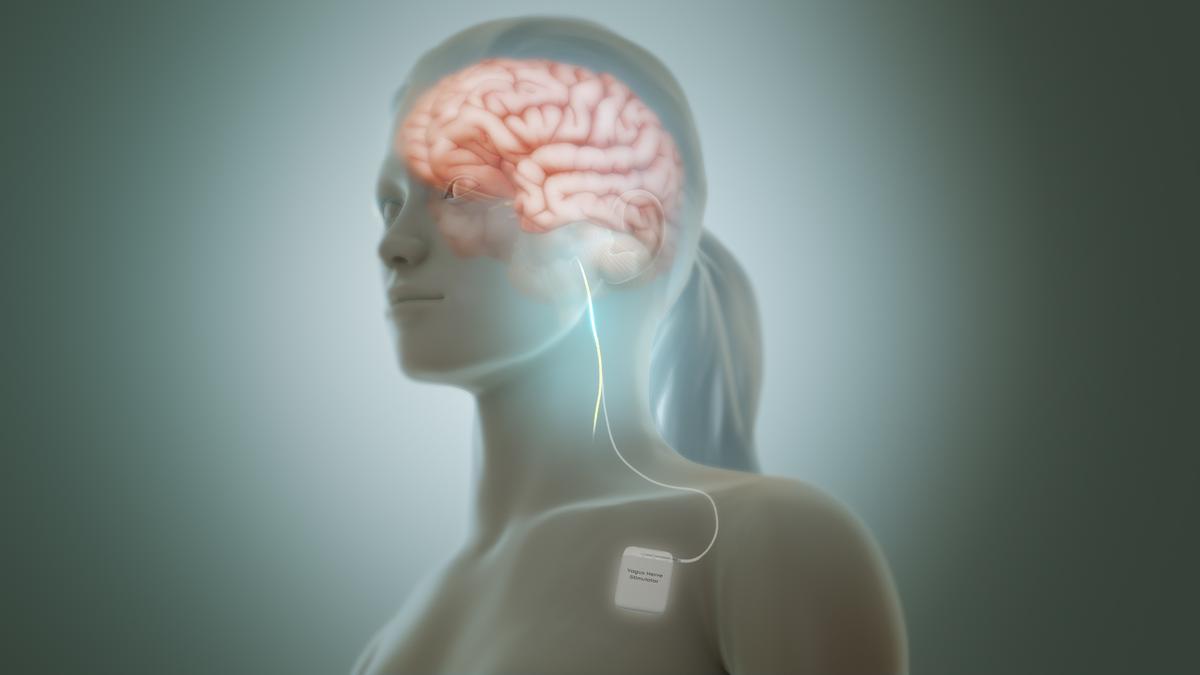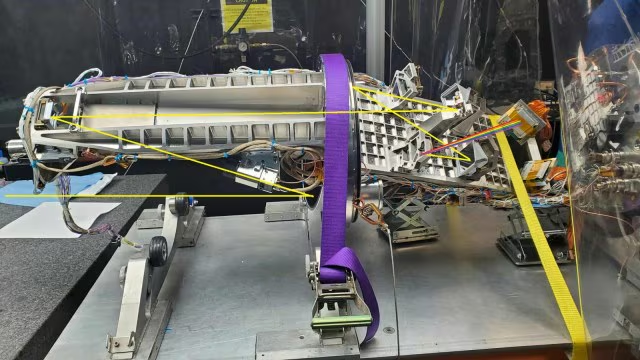



Researchers have developed an injectable hydrogel for localized breast cancer treatment. The hydrogel acts as a stable reservoir for anti-cancer drugs, releasing them at the tumour site without damaging healthy cells. The hydrogel's unique structure allows for controlled drug release over time, addressing limitations of current treatments like chemotherapy and surgery.

Copyright infringement not intended
Picture Courtesy: THE HINDU
Researchers have developed an injectable hydrogel for localized cancer treatment.
The researchers from IIT-Guwahati and the Bose Institute, Kolkata have developed an advanced injectable hydrogel for localized breast cancer treatment.
The hydrogel serves as a stable reservoir for anti-cancer drugs, releasing them in a controlled manner at the tumour site while avoiding damage to healthy cells.
The research addresses the limitations of current treatments like chemotherapy and surgery, which usually have severe side effects and may not be viable for certain tumours.
About HydrogelsHydrogels are three-dimensional spatial network structures that use water as a dispersing medium. They are soft, can maintain a specific shape, and have a high water absorption capacity. They are widely utilised in biomedical fields such as medication release, medical dressing, gum tissue regeneration, bone repair, and so on. |
The hydrogel is designed to respond to high levels of glutathione (GSH), a molecule abundant in tumour cells.
Once injected into the body, the hydrogel remains localized at the tumour site. When it encounters elevated GSH levels, it triggers the controlled release of chemotherapy drugs directly into the tumour, which ensures that the drug affects only the cancer cells.
The hydrogel is composed of ultra-short peptides, which are biocompatible and biodegradable protein building blocks.
It simulates the structure of living tissues, making it ideal for biomedical use.
It is insoluble in biological fluids, ensuring that it stays localized at the injection site.
Its unique structure allows it to release drugs steadily over time, delivering sustained and targeted treatment.
In preclinical trials on a murine model of breast cancer, a single injection of the hydrogel, loaded with the chemotherapy drug Doxorubicin, resulted in a ~75% reduction in tumour size within 18 days.
Must Read Articles:
Source:
|
PRACTICE QUESTION Q.In the context of hydrogel, consider the following statements: 1. It can be either biodegradable or nonbiodegradable 2. The hydrogel has severe side effects similar to chemotherapy. 3. The hydrogel can be used for bone repair and gum tissue regeneration. How many of the above statements are correct? A) Only one B) Only two C) All three D) None Answer: B Explanation: Statement 1 is correct: Hydrogels can be biodegradable or non-biodegradable. Biodegradable hydrogels are made from natural or biodegradable materials and are used in various applications like medicine and agriculture. They provide structural support for cells and allow them to grow and metabolize. Nonbiodegradable hydrogels are made from synthetic materials like polyacrylamide and do not decompose. Statement 2 is incorrect: Hydrogels have indicated significant potential in minimising the severe side effects generally associated with chemotherapy. Their biocompatibility and biodegradability promote specific drug delivery, reducing the impact on healthy cells. Statement 3 is correct: Hydrogels aid in bone repair and gum tissue regeneration by creating a 3D environment mimicking bone's extracellular matrix, promoting cell growth and delivering anti-inflammatory drugs. |






© 2025 iasgyan. All right reserved